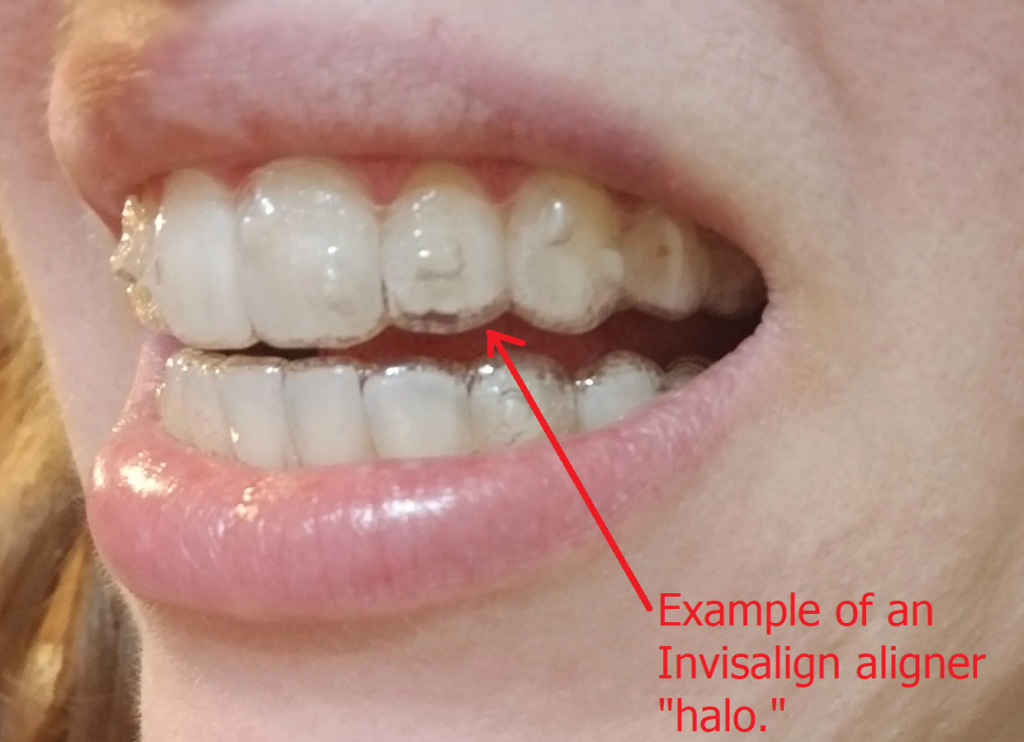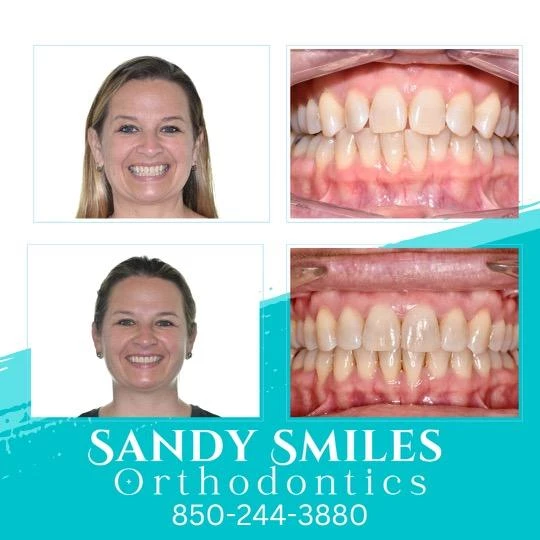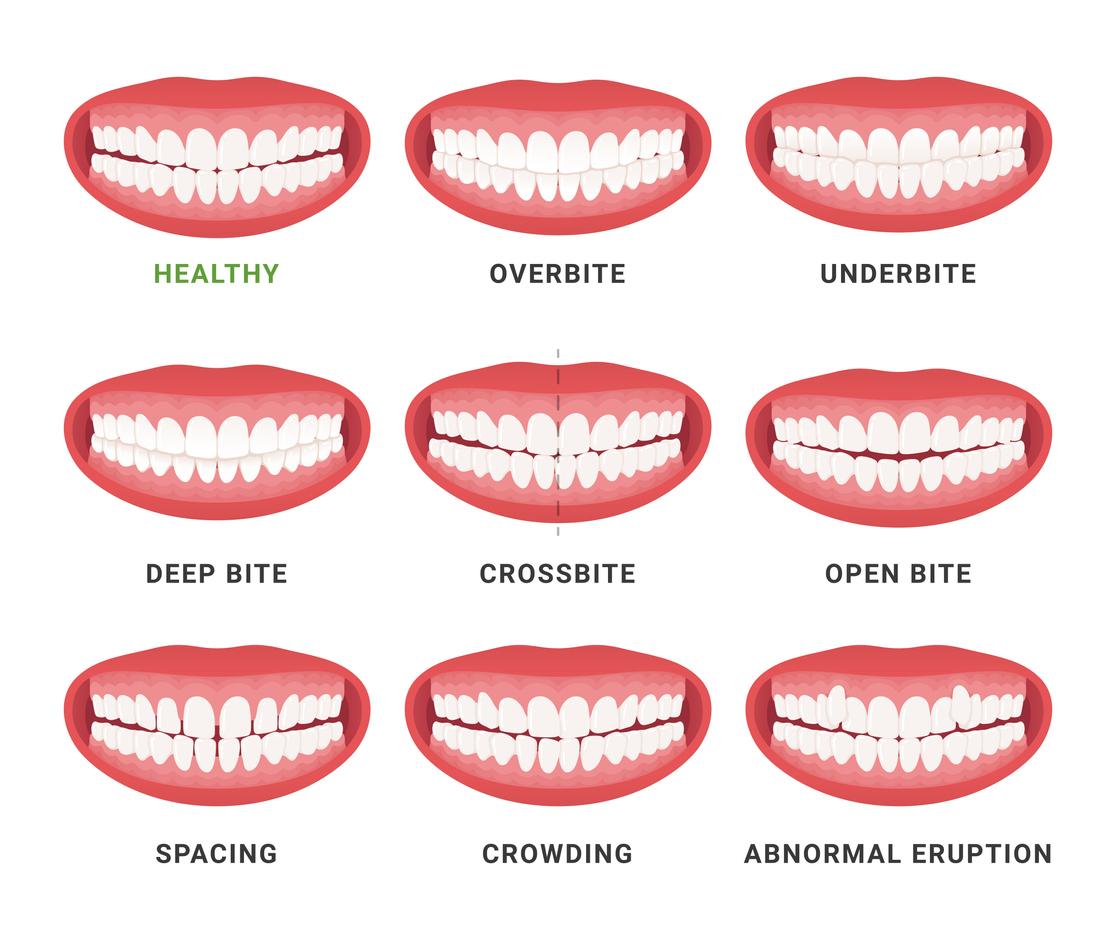Keeping Oral Health While Making Use Of Invisalign: Tips for a Smooth Experience
Keeping Oral Health While Making Use Of Invisalign: Tips for a Smooth Experience
Blog Article
Invisalign vs. Traditional Dental braces: Which Alternative Is Right for You?
When taking into consideration orthodontic treatment, the option in between Invisalign and traditional braces offers a number of vital variables that warrant careful evaluation. Invisalign offers a very discreet alternative with removable aligners, while traditional braces supply a much more noticeable yet reliable remedy for extreme misalignment.
Summary of Treatment Options

On the other hand, traditional dental braces contain metal brackets and cords that are adhered to the teeth. This technique applies continual stress with time to accomplish alignment. While reliable for complicated orthodontic problems, conventional braces call for routine gos to for modifications and can posture challenges in preserving dental hygiene due to the problem of cleansing about cords and brackets.
Both options have their merits, and the option often depends upon certain dental conditions, way of living choices, and patient compliance. Ultimately, getting in touch with an orthodontic professional is vital for determining the most ideal treatment strategy customized to individual demands. Understanding the nuances of each alternative can considerably affect the overall success of orthodontic therapy.
Aesthetic Factors To Consider
A considerable factor influencing the selection in between Invisalign and traditional dental braces is the visual appeal each treatment supplies. Invisalign aligners are crafted from clear plastic, making them practically unseen when used. This very discreet look is specifically appealing to grownups and young adults who may really feel uneasy regarding their orthodontic treatment. The capacity to keep a natural smile throughout the alignment procedure can dramatically boost the individual's confidence in specialist and social setups.
In contrast, traditional dental braces contain metal braces and wires, which can be extra obvious. While developments in orthodontic modern technology have led to the advancement of smaller braces and colored elastics, typical braces still maintain an even more conspicuous account. For some people, the exposure of braces might hinder them from seeking essential therapy.
Ultimately, the selection between Invisalign and conventional dental braces may rest on personal preferences relating to looks. Clients who prioritize discernment often favor Invisalign, while those that are much less worried about visibility might choose conventional braces. Comprehending the aesthetic effects of each option is essential for making an educated decision that straightens with one's way of living and choices.
Convenience and Convenience

In terms of convenience, Invisalign aligners are removable, enabling people to enjoy their favored foods without restriction and keep optimal dental hygiene. Cleaning and flossing are simplified, as the aligners can be taken out throughout these routines, whereas typical dental braces call for mindful steering around wires Full Report and braces.
In contrast, traditional dental braces demand routine changes, making them less convenient for those with busy routines. In general, the convenience and ease of Invisalign make it an enticing choice for many people looking for orthodontic therapy.
Treatment Duration and Effectiveness
While both Invisalign and conventional dental braces work in dealing with dental misalignments, the duration of therapy can differ substantially in between both options. Typically, Invisalign treatment can take anywhere from 12 to 18 months, depending upon the intricacy of the instance. The clear aligners work by slowly changing teeth right into their wanted positions, and routine follow-ups with an orthodontist aid guarantee progression remains on track.
In contrast, conventional dental braces usually require a longer commitment, typically ranging from 18 months to three years. This results from their set nature and using cords and braces, which can be more effective for intricate cases and severe misalignments (Invisalign). The treatment performance of typical dental braces is well-documented, as they enable specific changes and better control over tooth motion
Eventually, the option between Invisalign and conventional braces may rest on both the awaited therapy period and the certain dental issues at hand. Consulting with an orthodontist is essential, as they can offer tailored suggestions based on specific demands, ensuring the picked approach straightens with wanted end results and durations.
Cost Comparison and Insurance Coverage Choices
Cost plays a considerable function in the decision-making process for people considering orthodontic treatment, whether opting for Invisalign or traditional braces. On standard, the this link expense of Invisalign varieties from $3,000 to $8,000, while standard braces normally cost between $2,000 and $6,000. Factors affecting these prices include the intricacy of the instance, the period of treatment, and geographical location.
Numerous more info here oral insurance policy plans give partial coverage for orthodontic treatments, however the specifics can differ extensively. Generally, conventional dental braces might be much more often covered by insurance policy plans compared to Invisalign, which some insurance providers classify as an aesthetic treatment.
Furthermore, numerous orthodontic practices provide versatile layaway plan, making both therapy alternatives more available. People need to inquire about potential funding choices and discount rates for in advance repayments. Reviewing the complete price, consisting of insurance coverage advantages and repayment plans, is necessary for making an educated choice that lines up with both aesthetic preferences and budget factors to consider.

Verdict
In recap, the selection in between Invisalign and standard braces depends upon multiple variables, consisting of visual choices, comfort, treatment period, and price. Invisalign uses a discreet, removable alternative that promotes dental health and dietary flexibility, while typical dental braces may be better for intricate dental issues and often come with a lower price factor. Eventually, consultation with an orthodontist is vital to analyze private situations and determine one of the most suitable therapy choice for achieving optimum dental placement.
When thinking about orthodontic treatment, the selection between Invisalign and typical braces offers a number of important aspects that merit mindful examination.Comparing Invisalign and standard braces exposes distinct therapy options for orthodontic modification.While both Invisalign and traditional dental braces are efficient in dealing with dental imbalances, the duration of treatment can differ considerably in between the two choices.Cost plays a considerable duty in the decision-making process for people considering orthodontic therapy, whether deciding for Invisalign or standard dental braces.In recap, the selection between Invisalign and conventional dental braces pivots on multiple elements, consisting of aesthetic choices, comfort, treatment period, and price.
Report this page